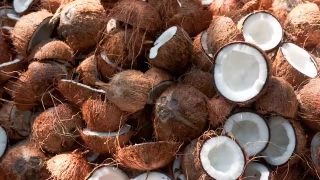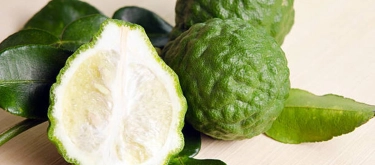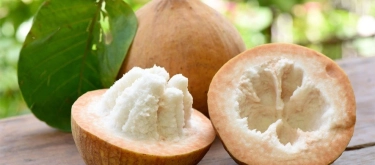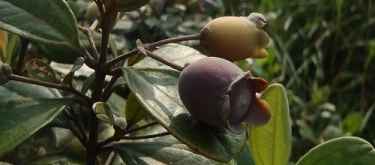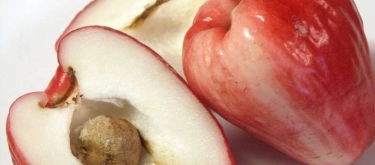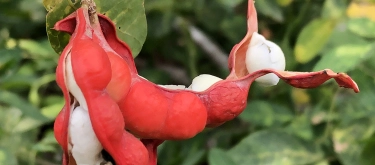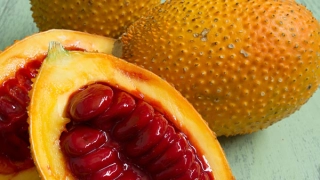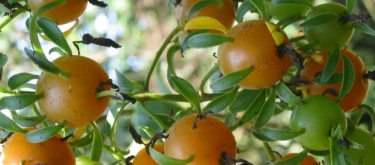Pandan: Taste Profile, Aroma, Benefits and Health Risks
Pandan (also known as Pandanus leaf, Screw Pine; Pandanus amaryllifolius) is a tropical aromatic herb native to Southeast Asia, especially prevalent in Thailand, Indonesia, Malaysia, Vietnam, and the Philippines. Celebrated for its distinctive sweet aroma reminiscent of vanilla and coconut, pandan is an essential culinary ingredient in many Southeast Asian dishes, desserts, beverages, and traditional medicines. Though pandan fruits exist in other species of Pandanus, culinary pandan primarily refers to fragrant leaves rather than fruits.
Pandan is generally safe, but rare allergic reactions can occur, particularly in individuals sensitive to aromatic herbs or grasses. Due to limited data, pregnant and breastfeeding women should consume pandan moderately. Individuals with diabetes should monitor consumption, as pandan is commonly combined with sugars in culinary applications.
What does Pandan taste like?
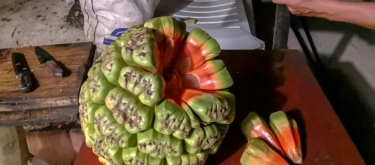
Complete Sensory Description:
Taste
Pandan leaves impart a delicate sweetness with mild, subtle herbal undertones. Their flavor profile combines gentle notes of vanilla, toasted rice, and fresh coconut milk, creating a pleasantly nuanced sweetness without bitterness or tartness.
Aroma
Pandan’s aroma is profoundly aromatic, warm, and comforting, strongly reminiscent of sweet vanilla, coconut, and freshly cooked jasmine rice. Its fragrance is mild yet pervasive, imparting a distinctive Southeast Asian culinary signature.
Texture
The pandan leaves themselves are tough, fibrous, and inedible raw, often tied into bundles or sliced finely for cooking purposes. When infused into dishes, pandan imparts no notable texture but provides significant aromatic enhancement.
Appearance
Pandan leaves are long (30–50 cm), narrow, bright-green blades resembling grass or palm leaves, typically bundled or woven when used for cooking or presentation purposes. Leaves often release their fragrance upon bruising or cutting.
In-depth Flavor Analysis:
Pandan’s characteristic flavor and aroma are predominantly due to unique aromatic compounds rather than traditional sweetness or acidity found in fruits:
-
Sweetness Profile: Pandan leaves contain negligible sugars; their perceived sweetness originates primarily from aromatic perception rather than actual sweetness. This quality enhances the sweetness of desserts, beverages, and rice dishes when paired with actual sweeteners or coconut milk.
-
Aromatic Compounds: The pandan fragrance arises from volatile aromatic compounds, notably 2-acetyl-1-pyrroline (2-AP), responsible for pandan’s characteristic nutty, jasmine-rice aroma. Additional aromatic compounds include vanillin-like aldehydes and coumarins, providing vanilla and mild herbal undertones, further enhancing the herb’s complexity.
-
Absence of Acidity and Bitterness: Pandan lacks significant acidic or bitter components, resulting in a smooth, rounded, and aromatic flavor profile devoid of harshness, ideal for culinary applications requiring gentle aromatic enhancement.
-
Environmental Influence: Aromatic intensity varies with climate, plant maturity, and cultivation practices. Pandan leaves from tropical, humid regions exhibit richer, more robust fragrance profiles, ideal for culinary use.
Varieties and Culinary Applications:
Culinary pandan generally refers specifically to the species Pandanus amaryllifolius, distinct from other pandanus species whose fruits and leaves have different applications. Culinary applications include:
- Desserts and Sweets: Pandan leaves are extensively utilized in desserts such as cakes, rice puddings, custards, and jellies for aromatic sweetness and natural green coloration.
- Rice Dishes: Popularly infused into steamed rice, imparting jasmine-like fragrance, enhancing Southeast Asian dishes.
- Beverages: Commonly steeped in teas, cocktails, sweet beverages, or coconut-based drinks for aroma and subtle sweetness.
- Savory Dishes: Occasionally used in marinades, curries, soups, and sauces to provide fragrant complexity.
Selection and Storage:
Select fresh pandan leaves that appear vibrant green, moist, and flexible without yellowing, dryness, or browning. Refrigerate fresh leaves wrapped in damp paper towels within sealed bags, maintaining freshness up to two weeks. Pandan leaves freeze exceptionally well, preserving aroma and flavor for several months, while dried leaves or extracts provide long-term storage alternatives.
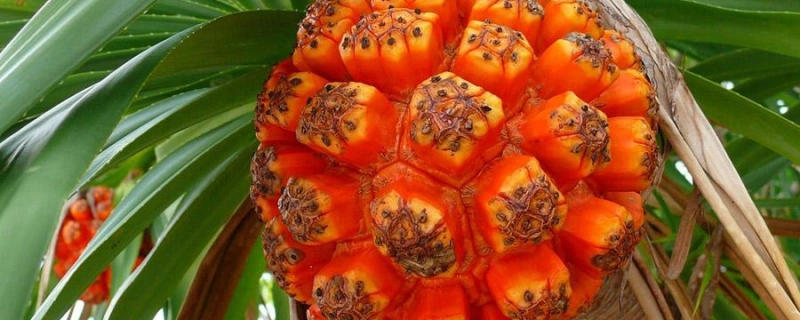
Nutritional Insights:
Pandan leaves offer nutritional value predominantly from antioxidants, essential oils, vitamins (especially vitamin C), and minerals such as potassium and calcium. Regular culinary use may provide antioxidant support, reduce oxidative stress, and possess mild anti-inflammatory effects. While traditionally associated with aiding digestion and relieving anxiety in Southeast Asian medicine, pandan’s main nutritional benefits relate to its aromatic compounds rather than macro- or micronutrient density.
Expert Insights & Culinary Tips:
- Flavor Pairings: Pandan pairs exceptionally well with coconut milk, rice, palm sugar, vanilla, tropical fruits (e.g., mango, banana), and mild spices like cinnamon and cardamom.
- Preparation Recommendations: For optimal fragrance extraction, slightly bruise or knot pandan leaves before infusing into liquids, desserts, or rice dishes. Avoid prolonged boiling, as gentle simmering or steeping preserves delicate aromas effectively.
- Extract Utilization: Pandan extracts and pastes, widely available commercially, offer concentrated flavoring convenient for desserts, beverages, and pastries.
Interesting and Curious Facts:
- Pandan’s fragrance, especially the compound 2-AP, is chemically identical to the aroma found in fragrant jasmine rice (e.g., Thai jasmine rice), explaining their complementary pairing in cuisine.
- Traditionally, pandan leaves served as natural air fresheners and insect repellents in Southeast Asian households due to their pleasant aroma and mild insecticidal properties.
- Pandan is known in Southeast Asian traditional medicine for reducing anxiety, improving sleep quality, and promoting relaxation through its soothing fragrance.
Harm and Dietary Considerations:
Pandan leaves and extracts are generally safe; however, rare allergic reactions may occur. Due to common use with sugars or sweet dishes, diabetics should monitor intake accordingly. Limited safety data for pregnancy suggests moderate use.
Religious Dietary Considerations:
Pandan leaves have no known dietary restrictions within major religious practices, including Halal, Kosher, Hindu vegetarianism, and Buddhist dietary traditions, making them universally acceptable.
Final Thoughts & Sensory Journey:
Pandan captivates the senses with its iconic fragrance, gentle sweetness, and aromatic complexity, making it an indispensable component of Southeast Asian cuisine and beyond. Its culinary versatility, unique flavor profile, and subtle yet profound aromatic qualities invite exploration and appreciation.
Resources:
- "Handbook of Herbs and Spices" edited by K.V. Peter (Woodhead Publishing, 2012)
- "Culinary Herbs and Spices of Southeast Asia" by Wendy Hutton (Periplus Editions, 2008)
- "Edible Medicinal and Non-Medicinal Plants, Volume 10: Modified Stems, Roots, Bulbs" by T.K. Lim (Springer, 2016)
